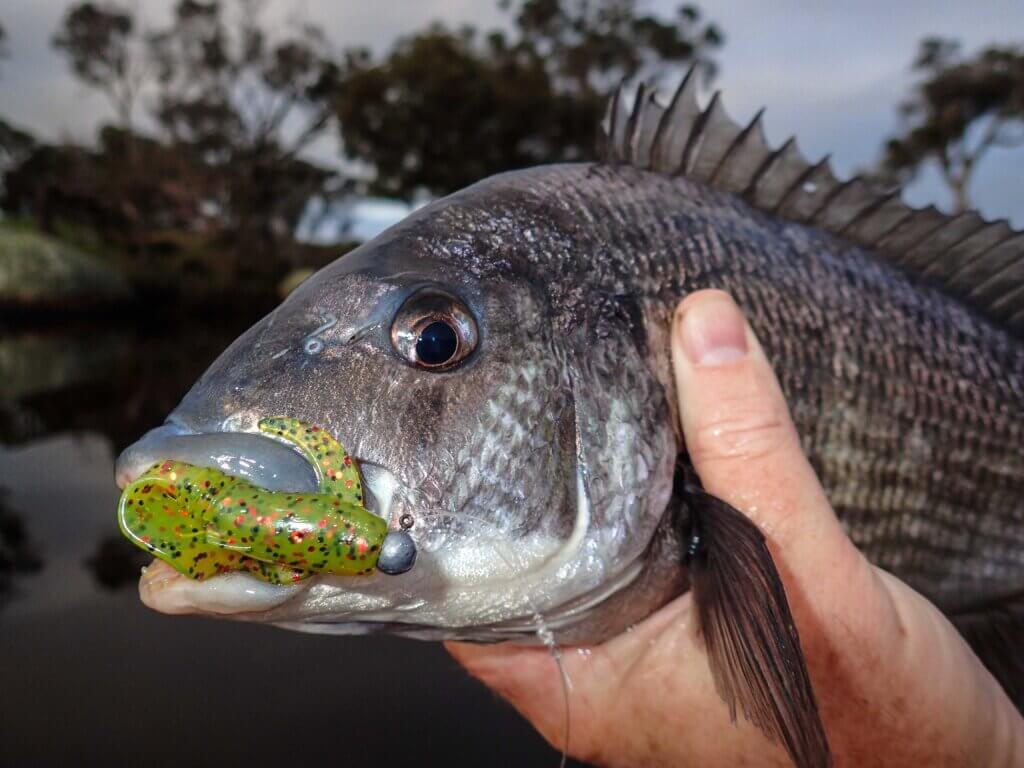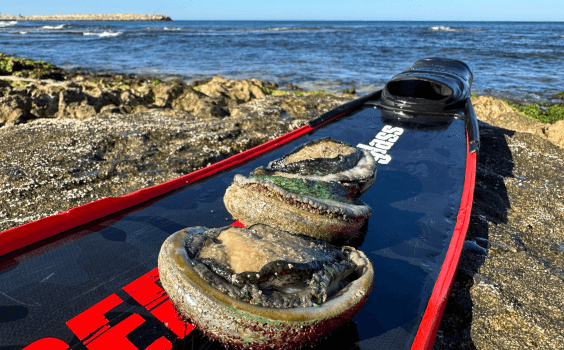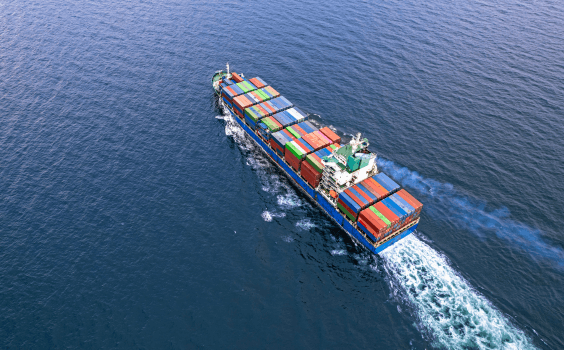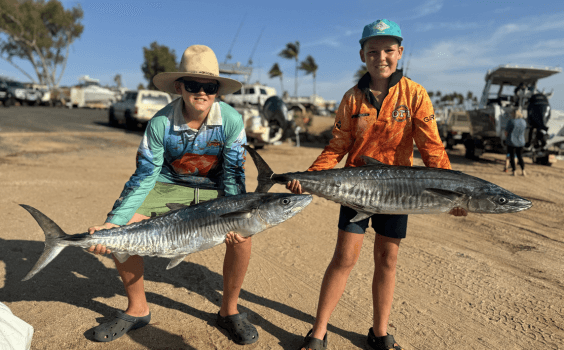At south coast estuaries and rivers, you’ll often find Western Angler editor Scott Coghlan with his light tackle set-up working lures and soft plastics for black bream. In this week’s edition of Scott’s Species, the bream enthusiast discusses one of his favourite fish to target — black bream.
Species: Black bream, Acanthopagrus butcheri
Eating: 2 stars
ID: Golden brown or bronze coloured on the back and sides, the belly and chin are white.
With a large range from Kalbarri in WA across the southern side of the country as far as eastern Victoria, black bream have emerged as a huge favourite with estuarine and river anglers.
Indeed, there are fishing tournaments based solely on catch-and-release bream fishing.
Growing to about 60cm and 3.5kg and usually slow growing, black bream are regarded as a great light tackle sportfish, having once been regarded as one of the most wily of estuarine fish in years gone by.
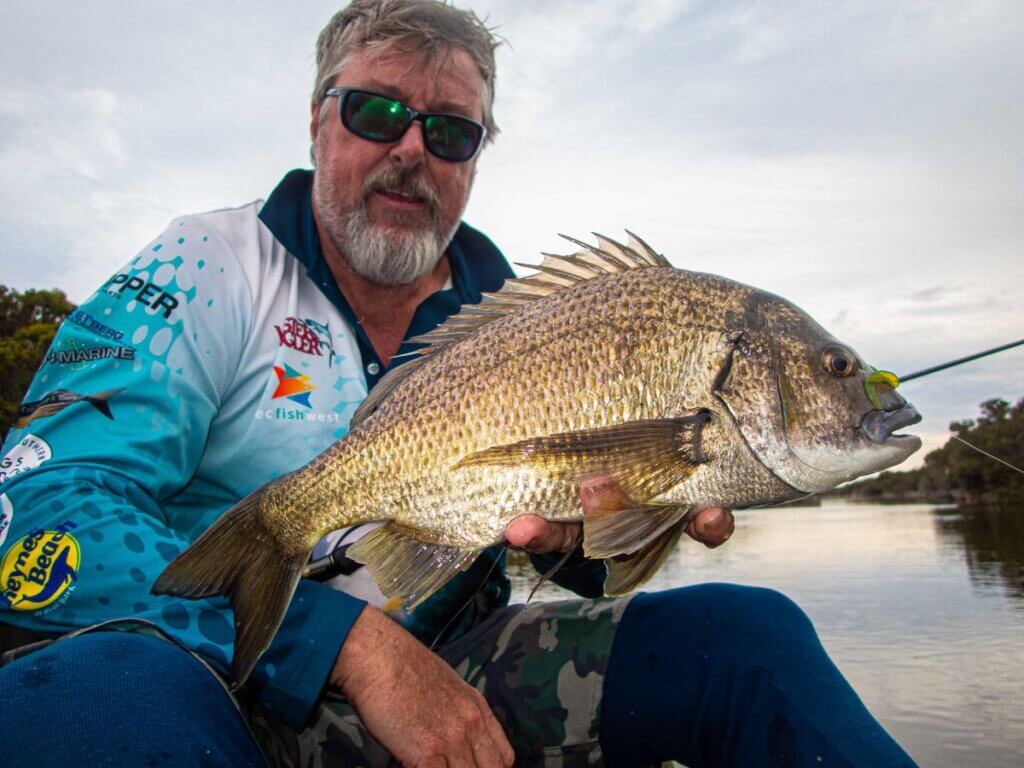
The emergence of lure fishing for bream has seen a big change in the way many anglers chase them in WA.
Most fish will be encountered in the 25cm to 35cm range and a trophy bream is anything more than 40cm in length, with anything greater than 50cm a most rare capture.
If you want to see some big bream, then a walk along a yacht club jetty in the Swan River is a good starting point.
Some systems are dominated by small fish, while others hold a better proportion of bigger bream.
Although they were long regarded as timid, they have been proven to be an aggressive lure taker.
Small minnow lures, vibes and even little poppers, especially in summer, worked slowly in likely locations have been successful, while small soft plastics bounced along the bottom, especially around structure, are deadly.
I like to use small sinking stickbaits fished with an erratic action. Soft plastics are often preferred in the cooler months as they are less aggressive at that time of year and usually won’t hit hard lures as readily.
Bream like to stay close to structure most of the time, but in summer will move up onto shallow sand flats to feed and can offer exciting fishing at these times.
Surface fishing for them on the flats can be great fun at first and last light. The best fishing is usually early morning and late afternoon, although they will continue to bite after dark.
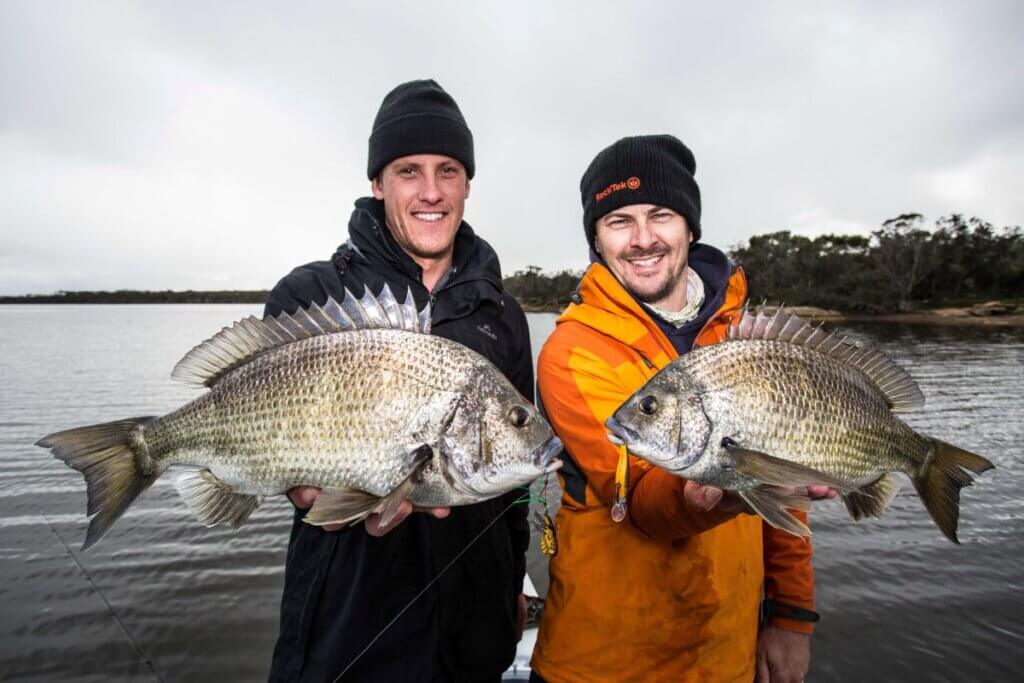
Best baits are small prawns, worms, and pieces of fish flesh.
We used to fish with prawns that we’d just netted at Canning Bridge, when prawning was still a popular and viable pastime.
On the south coast herring is actually a popular bait for bream. These baits are often fished on a simple rig with a running sinker and a short trace.
Bream will pick up the bait and slowly move off with it usually and it is best to give them time to do so before setting the hook.
Although bream put up a very good fight, light tackle of 2-4kg is all that is needed, perhaps a little stronger when fishing around heavy structure that the bream can use in their favour when hooked.
Many lure casters run light braid for casting benefits, but some tournament anglers like to run fluorocarbon straight through to fool cagey bream in clear water, when they are often most cautious.
Bream are found in many estuaries and rivers in the southern half of WA.
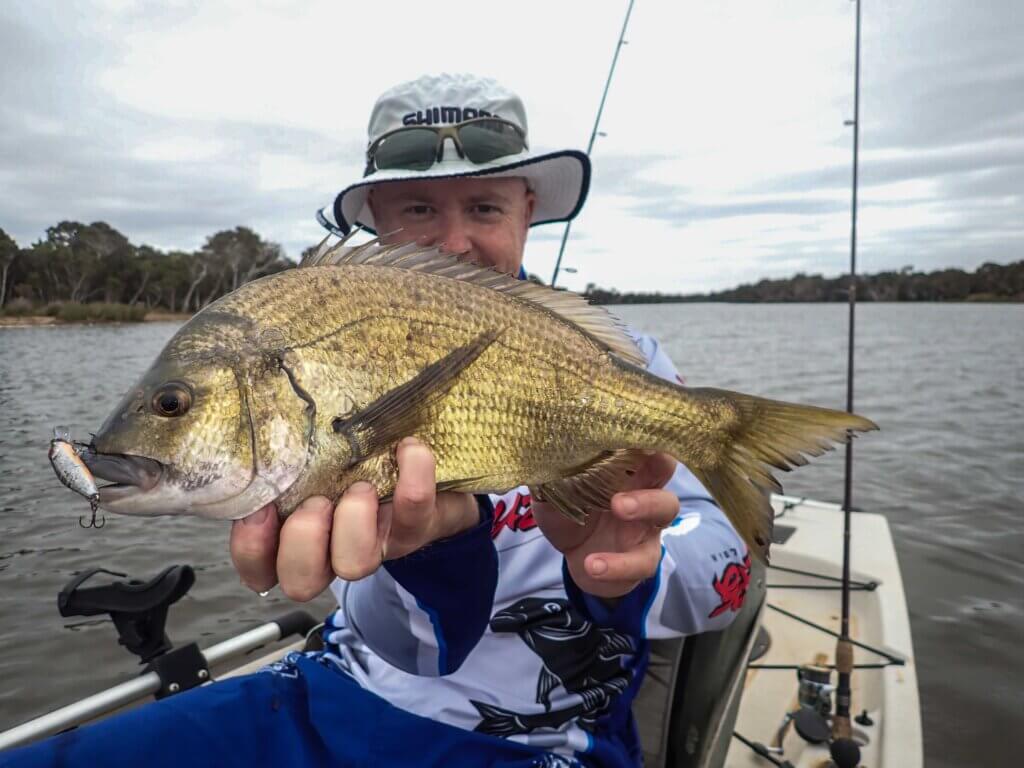
Some of the better systems include the Murchison River, Swan and Canning rivers, Murray and Serpentine rivers, Collie River, Blackwood River, Frankland River and Kalgan River.
Plenty of good fish get taken in the metro rivers, especially around structure such as the major bridges, while the Moore River has a big population of small fish.
There are many very small systems on the south coast that hold good stocks of bream and I enjoy exploring these in a kayak.
In recent years I have had a lot of fun chasing bream on dry fly during flying ant hatches, as they feed on the surface like trout.
My experience has been that bream stocks are quite cyclical and many systems go through stages of boom and bust, with fish numbers and sizes often changing a great deal over certain periods of time.
Bream are a hardy fish that releases well and they have proven able to survive in a wide range of environments, even though they are prone to suffering fish kills when water quality deteriorates significantly.
